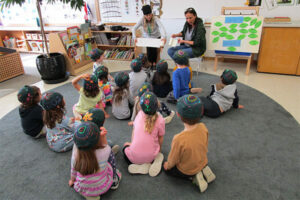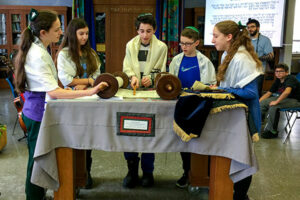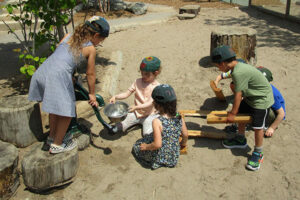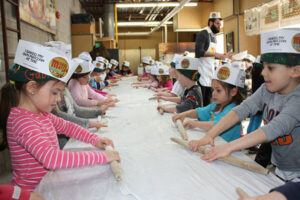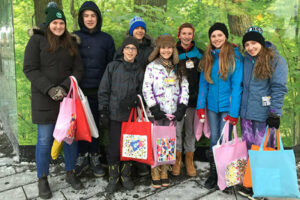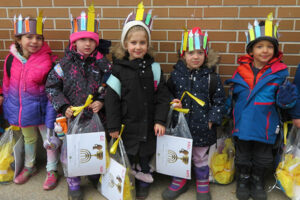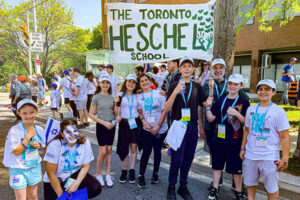At The Toronto Heschel School we teach critical and creative thinking THROUGH the disciplines. When we learn Science, we strive to think like scientists, using the Scientific Method. Rather than getting our information primarily from the internet or textbooks, we use the world as our textbook and nature as our laboratory.
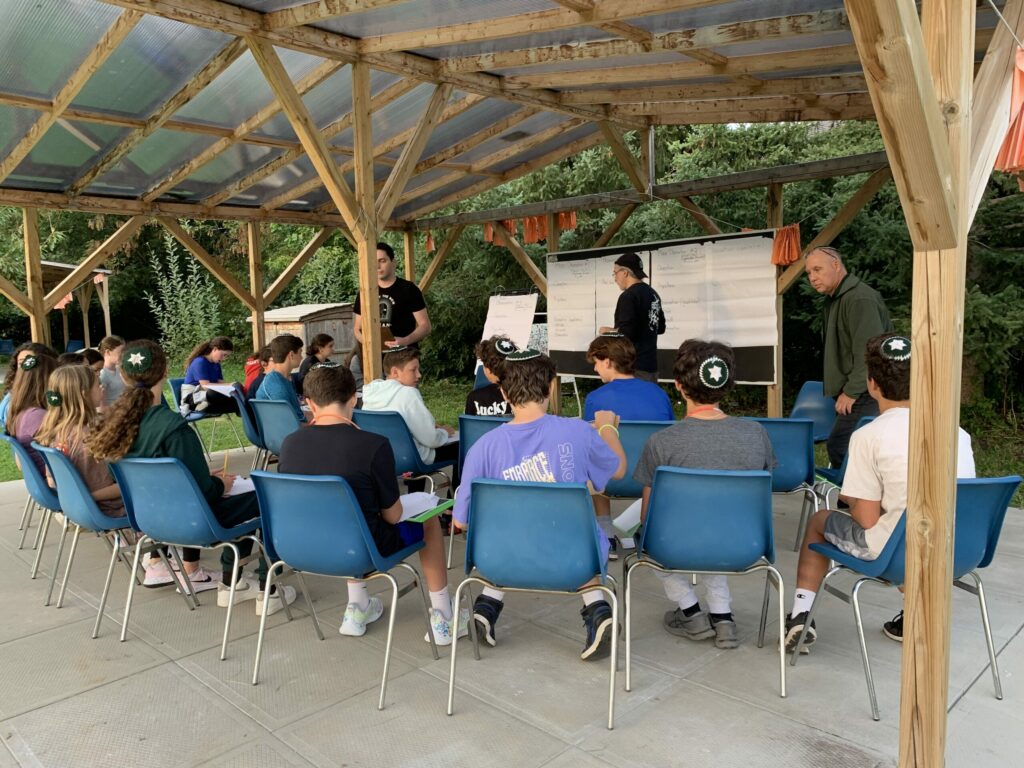
In the Astronomy Unit in Grade 8, we raise our eyes – נישא את עיינינו – to the sky, like our ancestors Avraham who is considered by the midrash to be an ancient scientist. By making direct observations of the celestial bodies, we seek to create scientific theories and models that help explain the relative motions of the sun, moon, and earth.
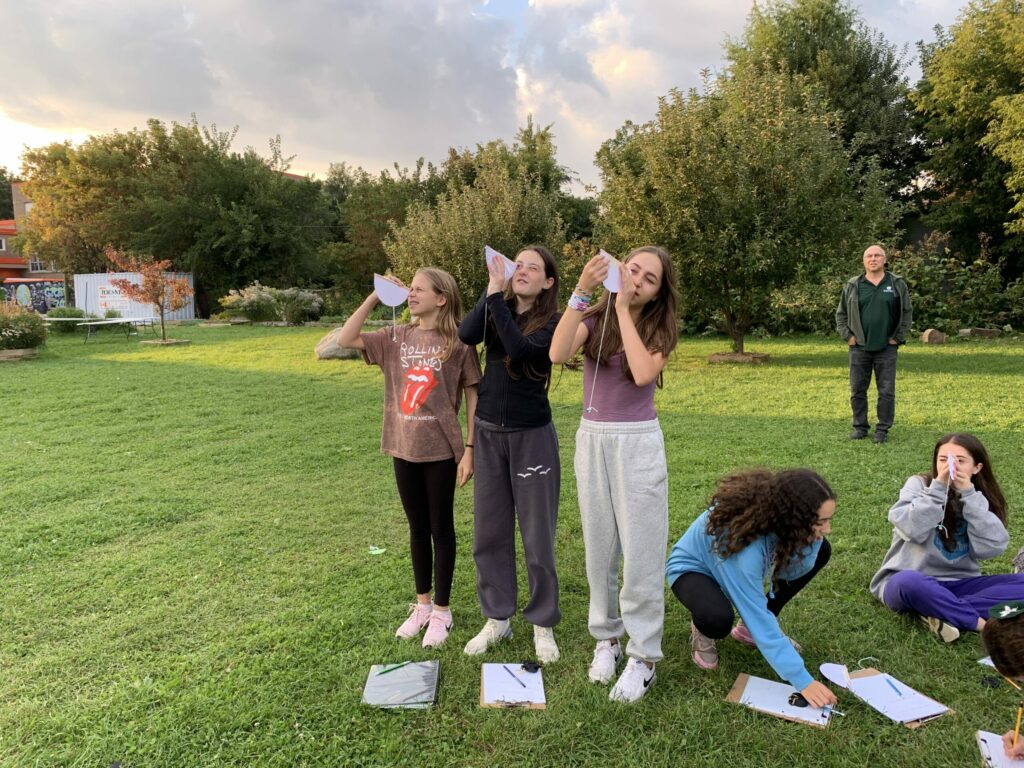
Of all the celestial bodies, the moon plays a particularly important role in the Jewish tradition. Rosh Hashanah begins with the new moon, as does every Jewish month. The moon also happens to be a very useful body to observe as a scientist, as its motion and phases offer clearly visible evidence of its trajectory, and its spatial relationship to the earth and the sun.
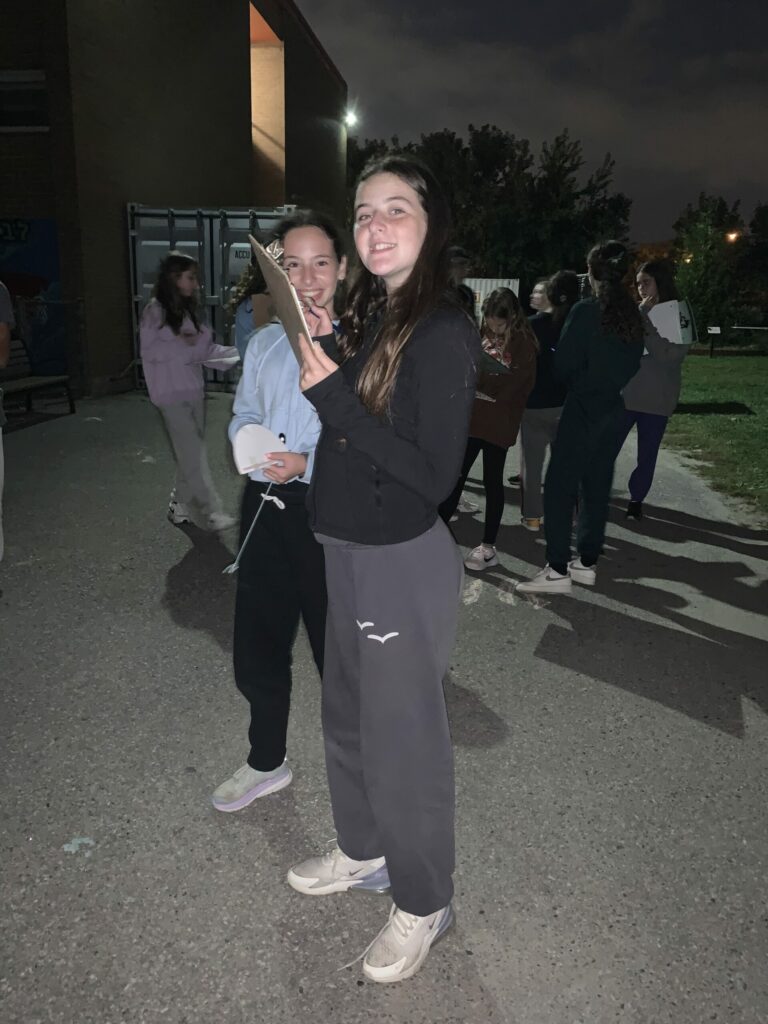
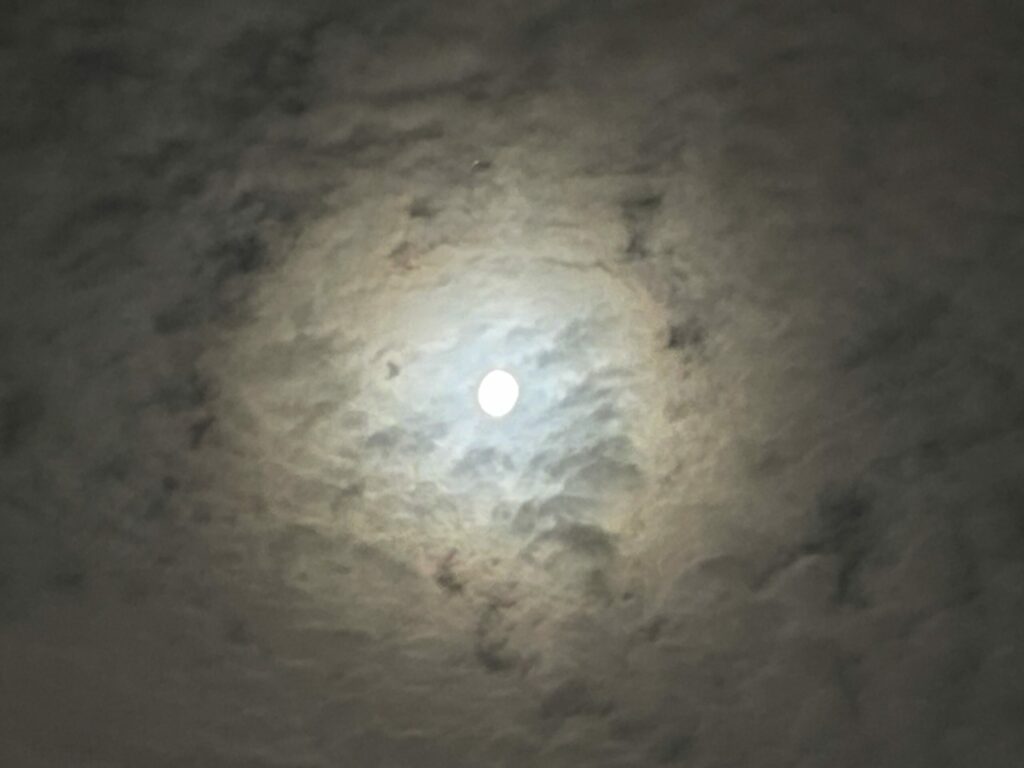
Each year we launch our scientific observation of the moon with an event that has come to be known as the “Moon Observation Party.” The event is timed with the appearance of the moon in the night sky at a time that is propitious for observation. Generally, that occurs about one week after the new moon.
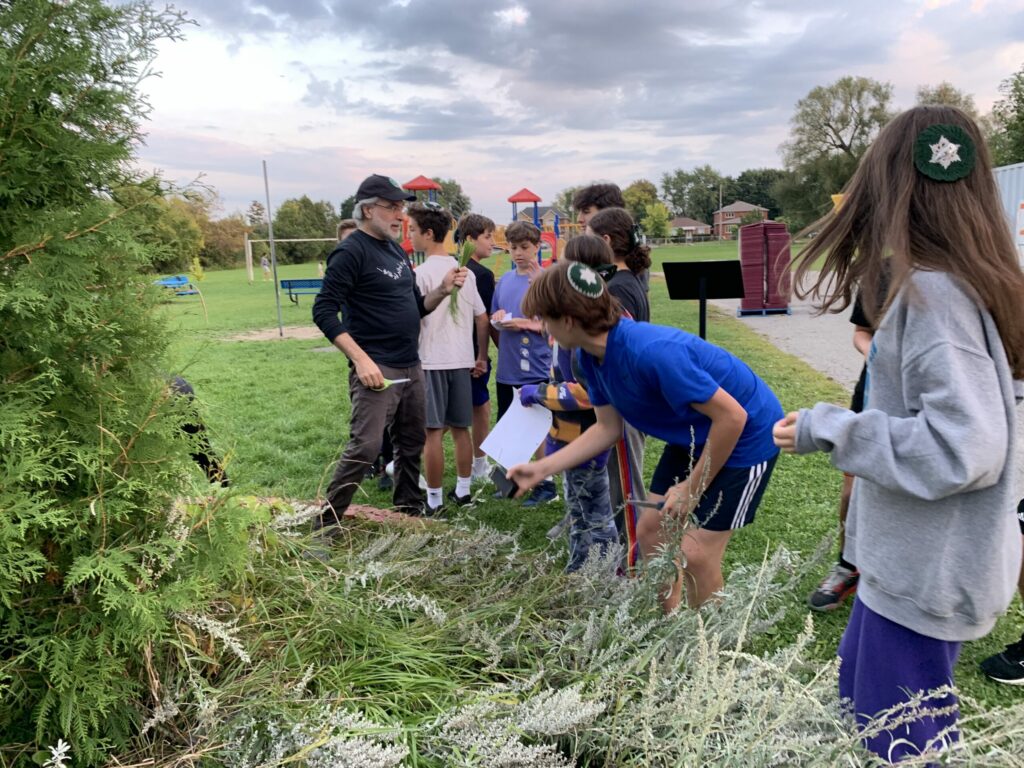
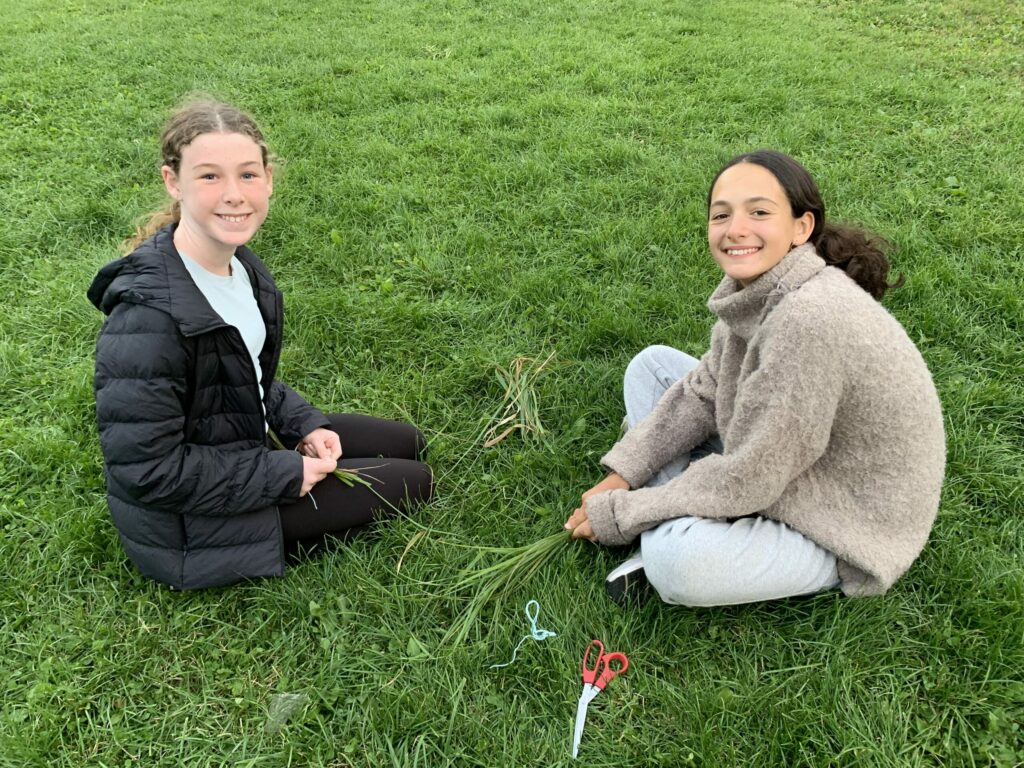
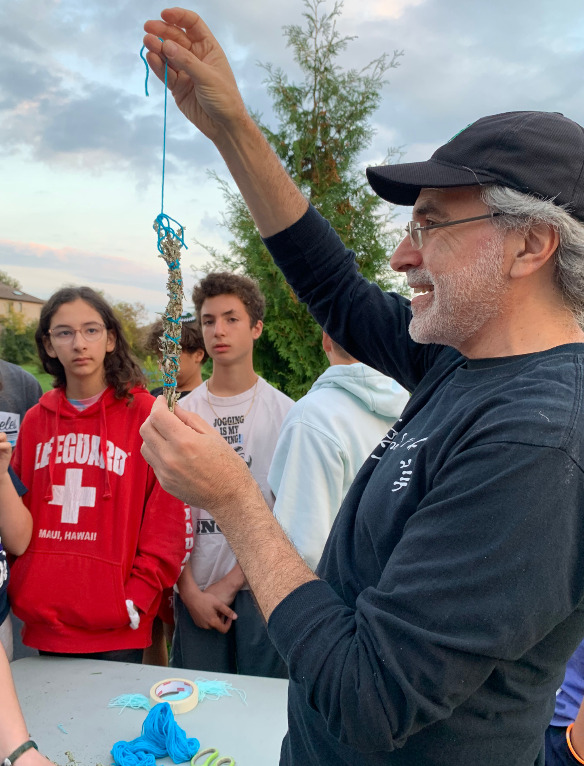
At last week’s Moon Observation Party, students were engaged in several moon observations throughout the evening, and noted that they had never been so excited to see the moon! Students also made sage and sweetgrass bundles in anticipation of the Indigenous Unit that will be learned later this year. Finally, the students ate s’mores and had a sing along to round out the evening.
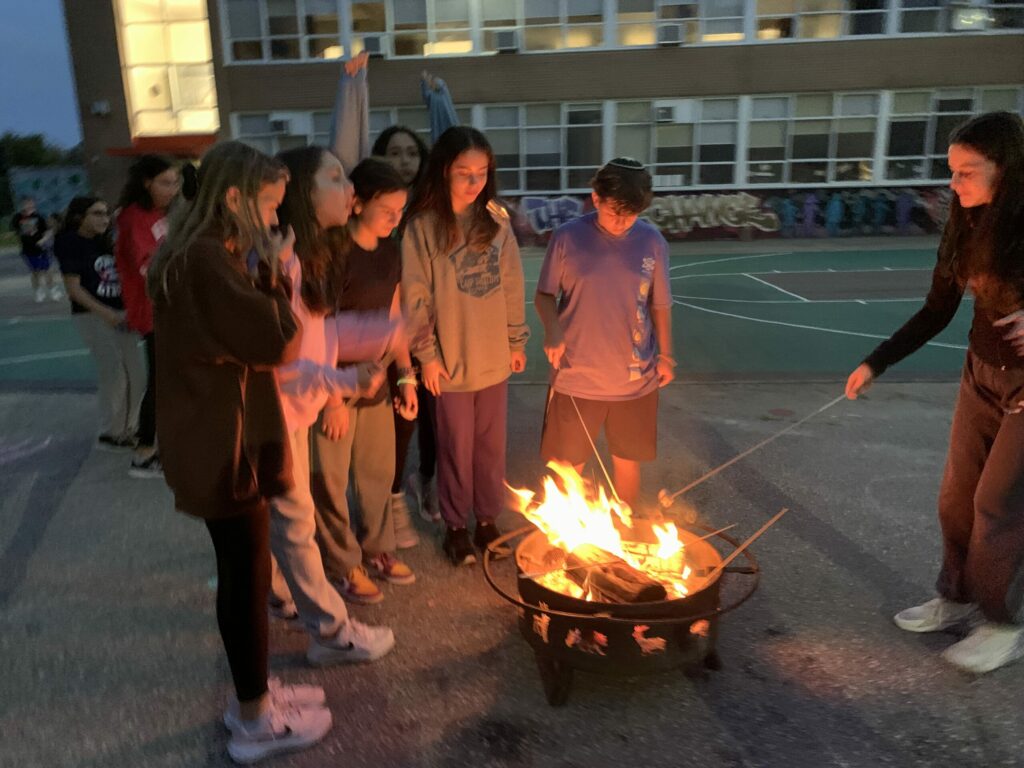
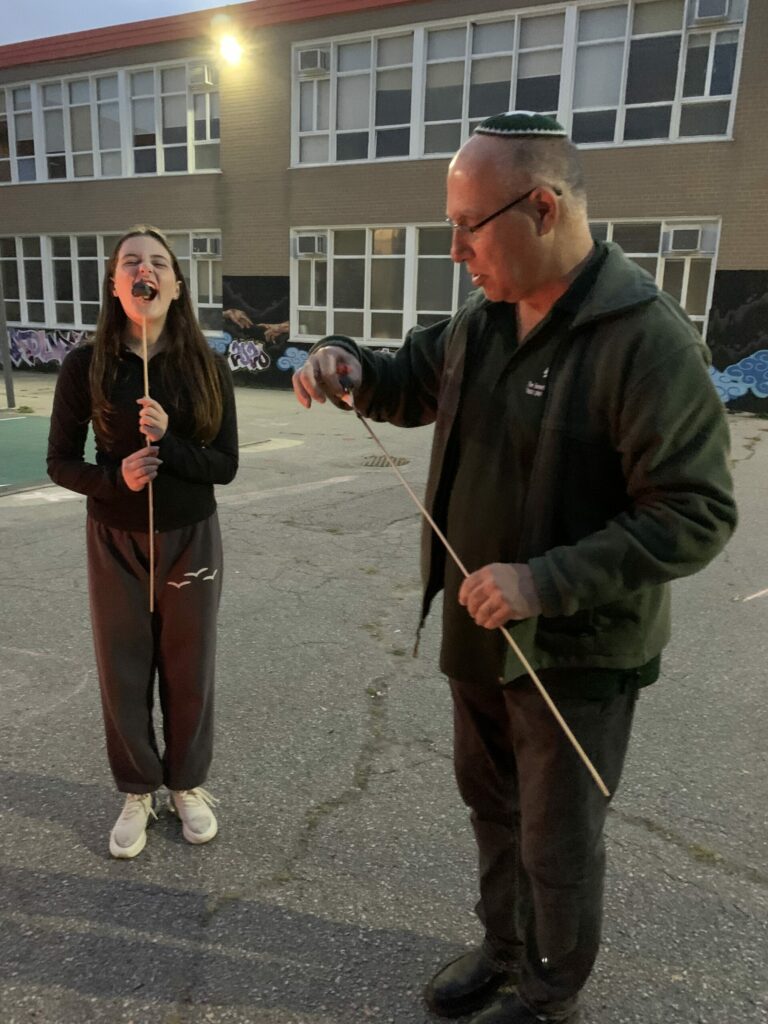
About This Column
“Through the Classroom Window” is an opportunity for teachers to share the inspiring learning that takes place in their classrooms, giving others a glimpse into the heartbeat of the school.
Browse Column Archive
